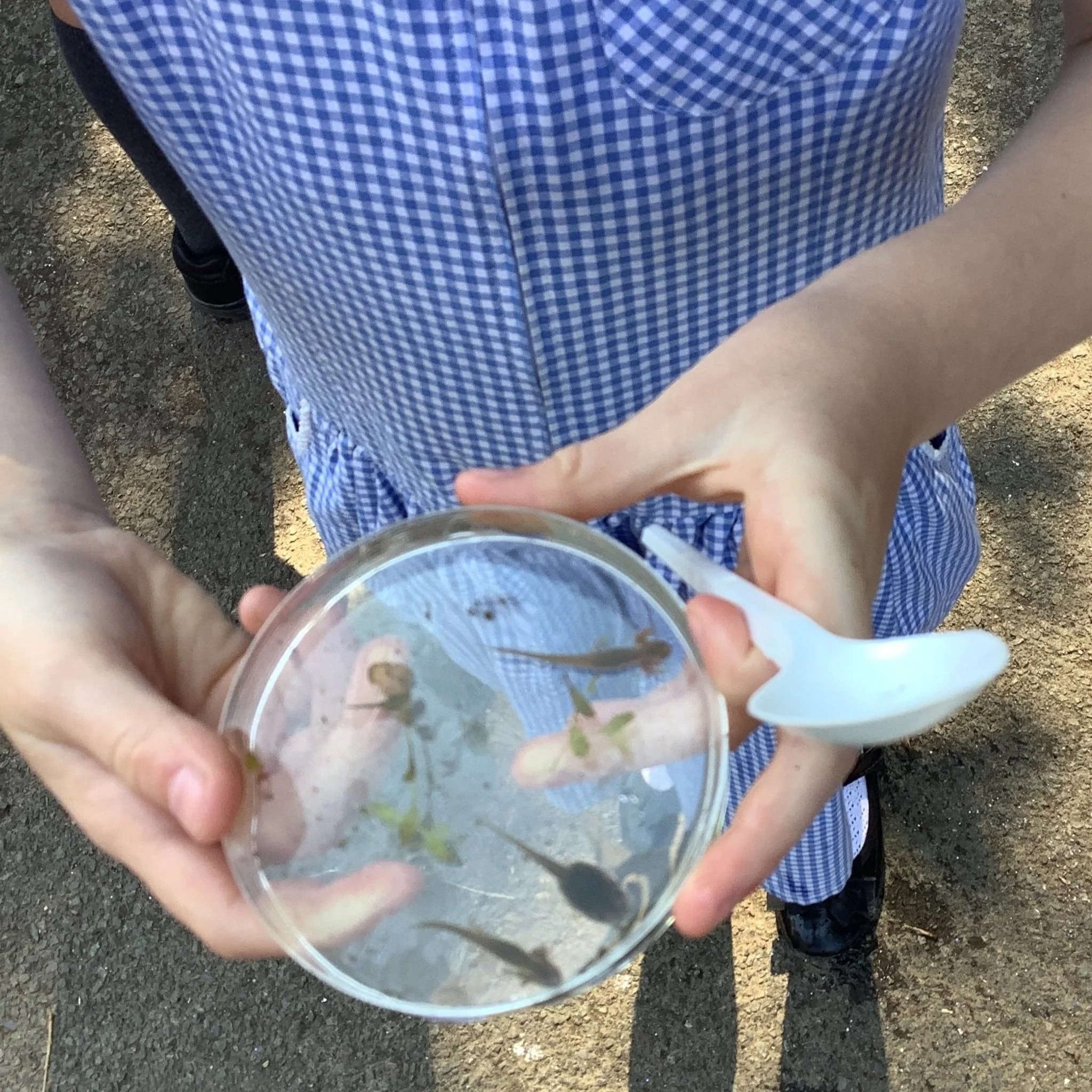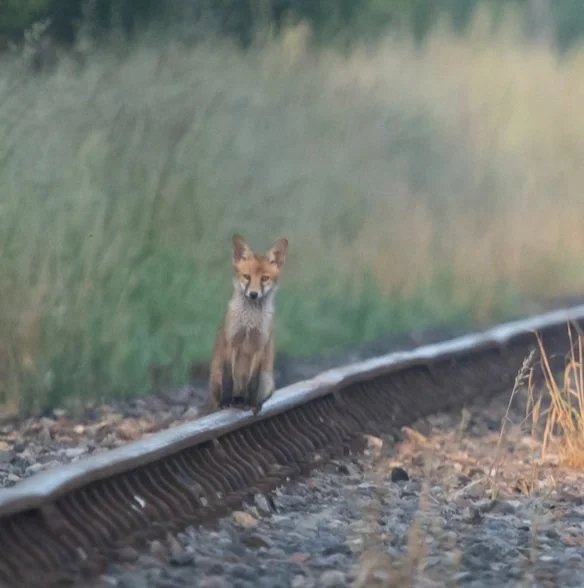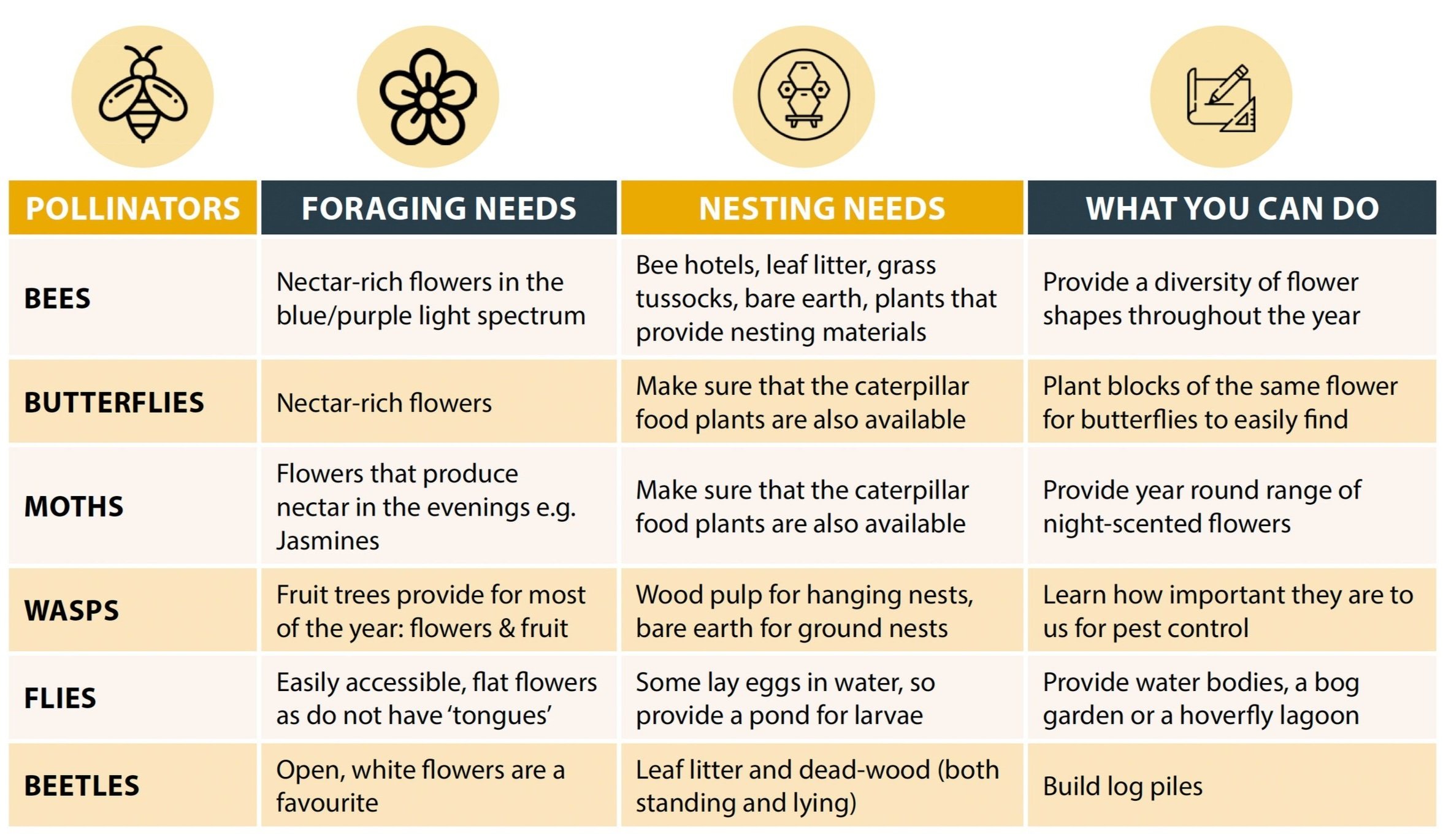
The countryside on our doorstep in Kent is home to some amazing animals, precious habitats and endangered species.
There’s so much that we can learn about and do to support our local wildlife, whether you’re 3 or 103. Here are some great ideas to get you started!
Learn & DO
Summer nature activities
-

Mini-beast mission!
Grab a magnifying glass (or just use your eagle eyes) and peek under logs, stones, or flowerpots to discover who’s crawling around underneath.
-

Create a 5-star bug hotel
Gather up some twigs, pinecones, and old pots or bricks and stack them in a quiet corner. Check back through the week to see who’s moved in.
-

Take a nature adventure
Keep an eye out for summer activities like pond dipping, bug safaris, or guided nature walks. Singleton Environment Centre have a regular calendar of nature events.
-

Twilight wildlife spotting
Towards the end of the summer, when the nights draw in, head out for a twilight nature watch. You might hear hooting owls, catch the flicker of a bat, or even spot a fox.
Help pollinators
Kent is home to approximately 80% of British bee and moth species, 70% of butterflies, 60% of flies, and more than 65% of beetles. This diversity is in part due to our geographical position relative to mainland Europe, a relatively warm climate and our variety of habitats; downland, valleys, ancient woodlands, wetlands, heaths and extensive diverse coastal areas.
Our populations of flying insects have declined by more than 70% in less than 20 years. But there is plenty that we can all do to help by understanding their needs and taking simple actions.
Want to help feed pollinators living in your garden all year round? Plant these flowers:
Identifying pollinators
These at-a-glance guides will help you spot a Honeybee from a Solitary Bee and a Six-spot Burnet from a Jersey Tiger!
With thanks to Kent County Council for sharing the above resources from their Kent’s Plan Bee project.
To download the identification information above and for an in-depth guide to pollinators throughout the seasons, as well as tips for how to photograph pollinators, download the free Pollinators of Kent guide below.
If you’d like to take more action, why not join us?
Become a volunteer and help support our local wildlife projects. Get in touch today to find out more.







